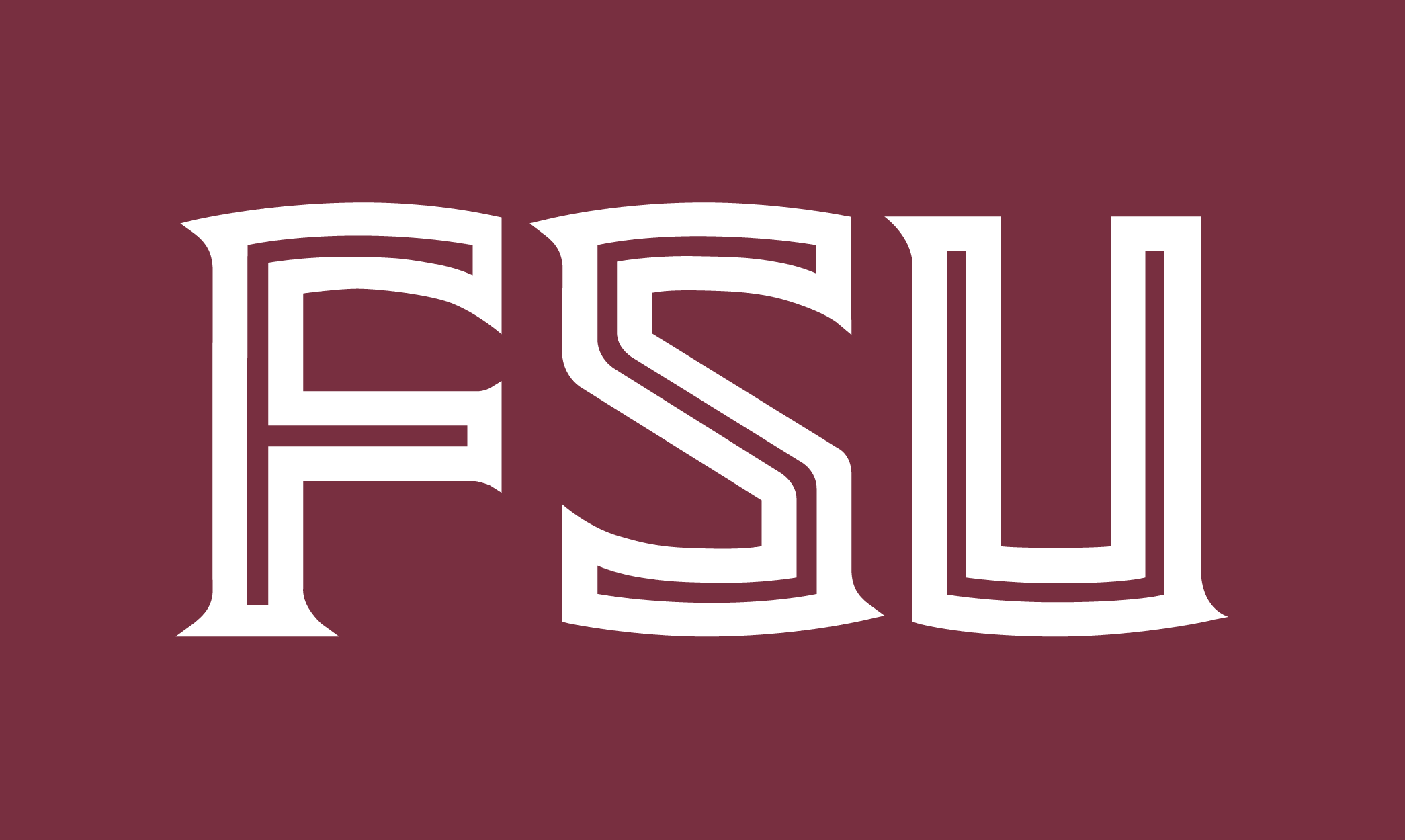Motor Guided Learning (MLG) is based on Dr. Schmidt’s schema theory of motor learning involving the limbs, which emphasizes practice to achieve a desired movement outcome. Recently, motor learning principles have been applied to speech language as collaboration between FSU and UNI in treating verbal apraxia.
The treatment teaches a person to listen to their speech and correct their motor patterns. This is accomplished by saying a word or phrase, stopping to think about what needs to be corrected, and repeating the utterance twice more. The clinician administers each stimulus item at random and provides limited feedback to the client, allowing the client to self evaluate. The goal is automaticity and generalization of speech.
Meet Loren…
Loren, a 29-year-old man with acquired apraxia of speech and mild aphasia, has been receiving services at the clinic for a year. His therapy is rather unique in that he is one of the first speech therapy clients in the United States to receive treatment over the Internet. Half of his treatment sessions are delivered over Skype, free software that enables individuals to have conversations over video and voice calls. Dr. Lasker and graduate clinicians are working with Loren four days a week. “We want to see whether Skype is a valuable tool for treatment, and to see if there are differences in outcomes,” says Lasker.
During MLG therapy, the clinician holds up large cards with readable phrases for Loren to practice saying. Loren says therapy over the web is more difficult than doing therapy in person, because there is more to think about. However, he feels that therapy over Skype would be effective for those who live long distances from speech clinics.
One year ago, Loren was unable to verbalize simple words and doubted that he would ever be able to speak again. Presently, Loren is practicing complete sentences, such as “Do you have plans this weekend?” When asked about his perception of his speech improvement, Loren exclaimed, “Awesome.” His advice to anyone working through their apraxia of speech is “Practice.”
Meet James…
James, a 53-year-old retired sheriff with apraxia of speech and aphasia, has been coming to the clinic for three years. In 2006, James arrived to our facility essentially nonverbal. He began his treatment with Motor Guided Learning four years postonset from a series of three strokes. Clinicial supervisor, Mrs. Nimmons, described James as “very motivated, affectionate, and hard working.”
Every day at home, James practices his target words using a speech-generating device,Say it Sam, to guide his MLG exercises. Research in augmentative and alternative communication has shown that practicing with computer-based systems can boost verbal production in people with aphasia.
James’ persistence has paid off as exemplified by his speech improvement. It is remarkable, given the four-year gap between his strokes and the start of treatment. Today he practices 3-7 syllable phrases such as “I had three strokes.” Clinicians also observed some lasting effects of the MLG approach with James. After an entire summer break from therapy James returned with the ability to produce the same number of targets as he had prior.
He is rather pleased with the progress he has made thus far, and attributes his success to the MLG treatment. “Practice, practice, practice,” says James.
Photo caption: Loren practicing his target phrases using a speech-generating device.

